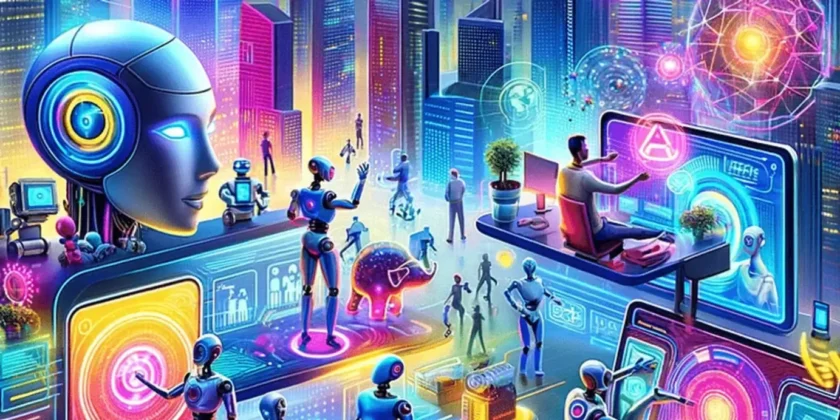By Manoj Singh
Lucknow: Artificial Intelligence (AI) has become part of daily life — writing emails, generating images, recommending movies, even predicting diseases. But behind its confident tone and smooth sentences lies a strange and troubling behaviour: AI hallucination.
It sounds like science fiction, but it’s very real. An AI “hallucinates” when it confidently produces information that is false, fabricated, or entirely imaginary — and does so with the same fluency it uses for facts.
Ask an AI to cite a research paper that doesn’t exist, and it might invent one — complete with author names, journal titles, and page numbers. Ask it for a historical quote, and it might produce a line no one ever said. The result sounds believable, yet it’s a complete fiction.
Why do smart machines make things up?
The reason lies in how modern AI systems actually work. Models like ChatGPT or Gemini don’t “know” facts in the way humans do. They are prediction machines, trained on massive amounts of text to guess the most likely next word in a sentence.
If the data they’ve learned from is incomplete, or if the question goes beyond what they’ve seen before, they fill in the gaps by pattern — not by truth. In essence, AI doesn’t lie; it improvises.
That improvisation can be creative — like writing poetry or inventing a story. But it can also be dangerous when the same mechanism is used in journalism, education, or law.
When hallucinations have real consequences
In 2023, a U.S. lawyer submitted a legal brief written by ChatGPT. The AI confidently cited several court cases — except none of them existed. The lawyer was fined, and the incident made headlines worldwide.
In another case, a student used AI to generate academic references. The citations looked perfect but were entirely made up. It wasn’t malicious — just a reminder that AI’s confidence doesn’t equal accuracy.
Such episodes show a new reality: machines can now produce errors that look like truth. And in an age where information spreads faster than fact-checking, that’s a serious challenge.
The human parallel
Psychologists might say that AI “hallucinations” resemble confabulation — when humans unintentionally invent false memories to fill cognitive gaps. The AI isn’t malfunctioning; it’s doing what it’s designed to do — completing patterns.

Linguistically, it’s also a reflection of how language works. AI builds meaning from associations between words, not from direct experience of the world. It can sound right even when it’s wrong — because it understands form, not truth.
What this says about us
AI hallucinations tell us as much about human intelligence as they do about artificial intelligence.
When a machine makes something up, it mirrors our own creative instinct — our ability to imagine, to infer, and sometimes to be wrong with conviction.
But unlike us, AI lacks self-awareness. It doesn’t know it’s hallucinating. That’s what makes these errors so slippery. We project human understanding onto systems that only process probabilities.
The ethical question
So who bears responsibility when AI gets it wrong? The developer? The company? Or the user who trusted it?
Experts argue for “hybrid intelligence” — using AI as a partner, not a substitute. Humans must remain the final judges of truth. Transparency about how AI systems are trained, and clearer labelling of AI-generated content, are essential to maintain public trust.
The bigger picture
AI hallucinations are not just technical flaws — they are philosophical clues. They remind us that intelligence, whether human or artificial, is never perfect. To imagine is to risk error. To predict is to sometimes be wrong.
In a way, hallucinations are the shadow of intelligence — proof that even machines, in trying to understand the world, sometimes end up dreaming it.
In the end
AI’s greatest strength — its ability to generate, predict, and create — is also its greatest weakness.
When we read what AI writes, we must do what we should always do with information: question, verify, and think.
Because in the digital age, imagination travels faster than truth — and sometimes, it’s the machine that’s doing the imagining.






